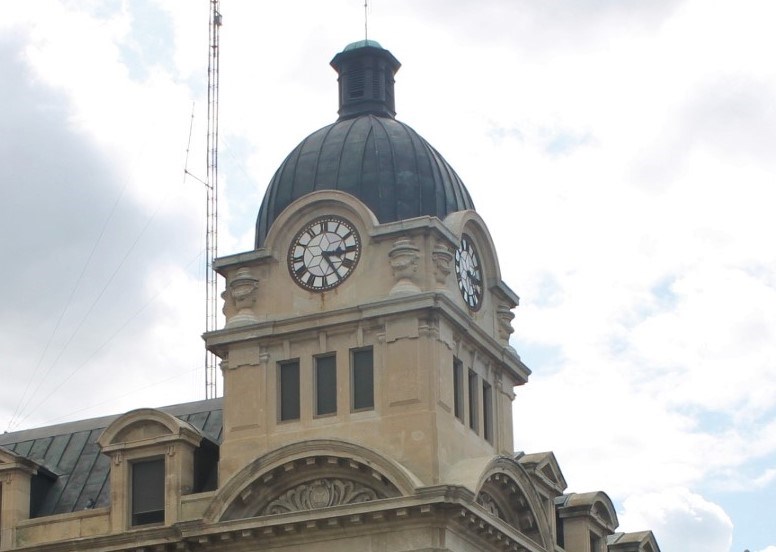Homeowners will pay almost a full percentage point extra in municipal taxation this year than first thought because of city council’s desire to narrow the tax gap between residential and commercial properties.
City council approved a municipal tax hike of 4.62 per cent in December, which was expected to generate $1,541,977 in additional taxes, with $1,195,822 coming from the residential sector and $339,742 from commercial.
However, since 2018, council has wanted the property tax gap narrowed between residential and commercial properties so residential taxpayers share the financial burden with the commercial sector.
According to the 2023 tax policy report presented during the May 8 executive committee meeting, by sharing the tax hike, residential properties will see an increase equal to 5.44 per cent — a jump of 0.82 per cent from December — and commercial will see an increase equal to 3.01 per cent.
In 2017 the property tax gap was 2.43 times, which meant if a residential property assessed at $200,000 paid $1,000 in taxes, for example, then a similarly assessed commercial property would pay 2.43 times that amount.
This year, the tax gap is 1.86 times, compared to 1.87 times last year.
“It’s slowly getting smaller,” said finance director Brian Acker.
Acker pointed out the city saw commercial property appeal losses last year of $8.67 million, equalling $135,379 or 1.2 per cent in lost municipal tax revenue. These are annual permanent losses, so city hall must make up for that lost revenue.
The city is seeing “modest growth” in commercial assessment values in 2023, which means it can absorb this year’s expected commercial appeal loss of a similar amount by increasing the commercial/industrial mill rate factor to 1.4062 times from 1.3895, he continued.
Meanwhile, the Saskatchewan Assessment Management Agency’s (SAMA) decision to change its market capitalization (cap) rates for commercial and industrial assessments will affect 660 properties here. The changes will generate an extra $88,977 in municipal taxation.
“(We) are seeing some of the retail areas going down as we had hoped. Also, some of the higher-quality office areas are going up to make up for some of that,” added Acker. “Overall, the changes are revenue-neutral; there’s really no gain for the city or loss, but it is a reallocation.”
The finance department has had difficulty analyzing SAMA’s changes because it’s never before quantified all the different properties of concern, Acker said in response to a council question. While the adjustments have addressed some concerns, they have also created new ones.
“As far as whether it (the changes) have hit it (concerns) on the head, I’m sure it hasn’t totally, but I certainly think it’s a step in the right direction,” he continued, adding it would be unrealistic to expect perfect assessments.
Coun. Kim Robinson was frustrated that the changes didn’t fully hit the concerns on the head.
“It seems to me that they just spread some things around hoping that they’ve quelled a few fires and (instead) just (created) as many bigger ones,” he stated.
Coun. Crystal Froese appreciated the information SAMA provided and how the cap rate changes have affected businesses. While she thought more work could be done with this issue, it was a good start.
“It would be wonderful if we could hit the nail on the head … . Unfortunately, I don’t think that’s ever going to happen … ,” said Coun. Heather Eby. “There (will) never be 100 per cent of people happy, but we’re making strides in addressing some of these things.”
Council later voted 6-1 — Robinson was opposed — to approve several recommendations for this year’s tax policy.
Council authorized city administration to set the mill rate factor for agricultural lands (other and non-arable) so they pay the same rate of taxation as if they were in the Rural Municipality of Moose Jaw.
Secondly, council wants this year’s municipal tax increase to be shared between residential and commercial property classes by adjusting the mill rate factors in each class. Those numbers are 0.7810 and 1.4112, respectively.
Thirdly, council wants to use this year’s commercial and industrial assessment growth funding to offset the property appeal losses from 2022. Further, it wants the allowance for assessment appeals to be set at 1.2 per cent this year and be funded from those property classes.
Lastly, council directed city administration to bring forward a bylaw to extend the 2023 property tax notice payment due date to July 31 instead of June 30.
The next executive committee meeting is Tuesday, May 23.




